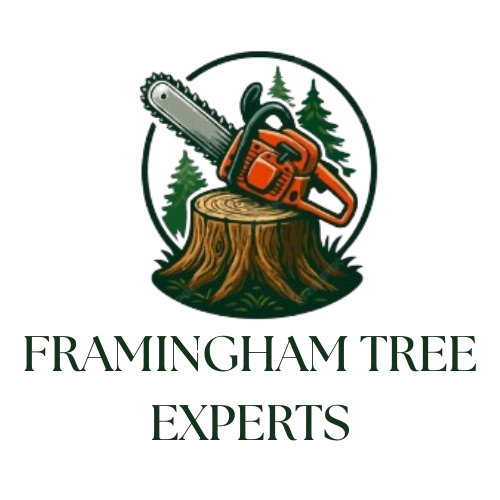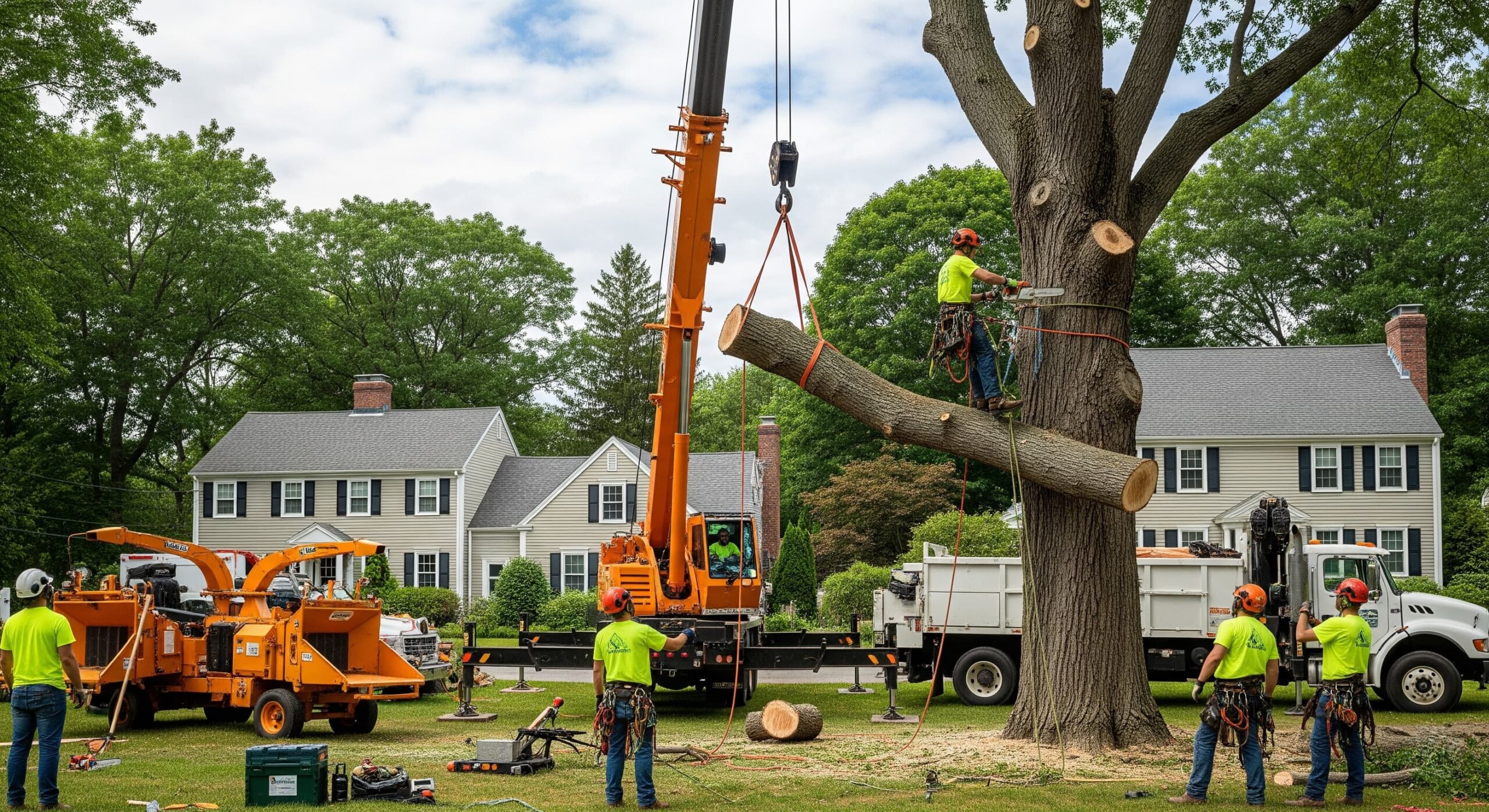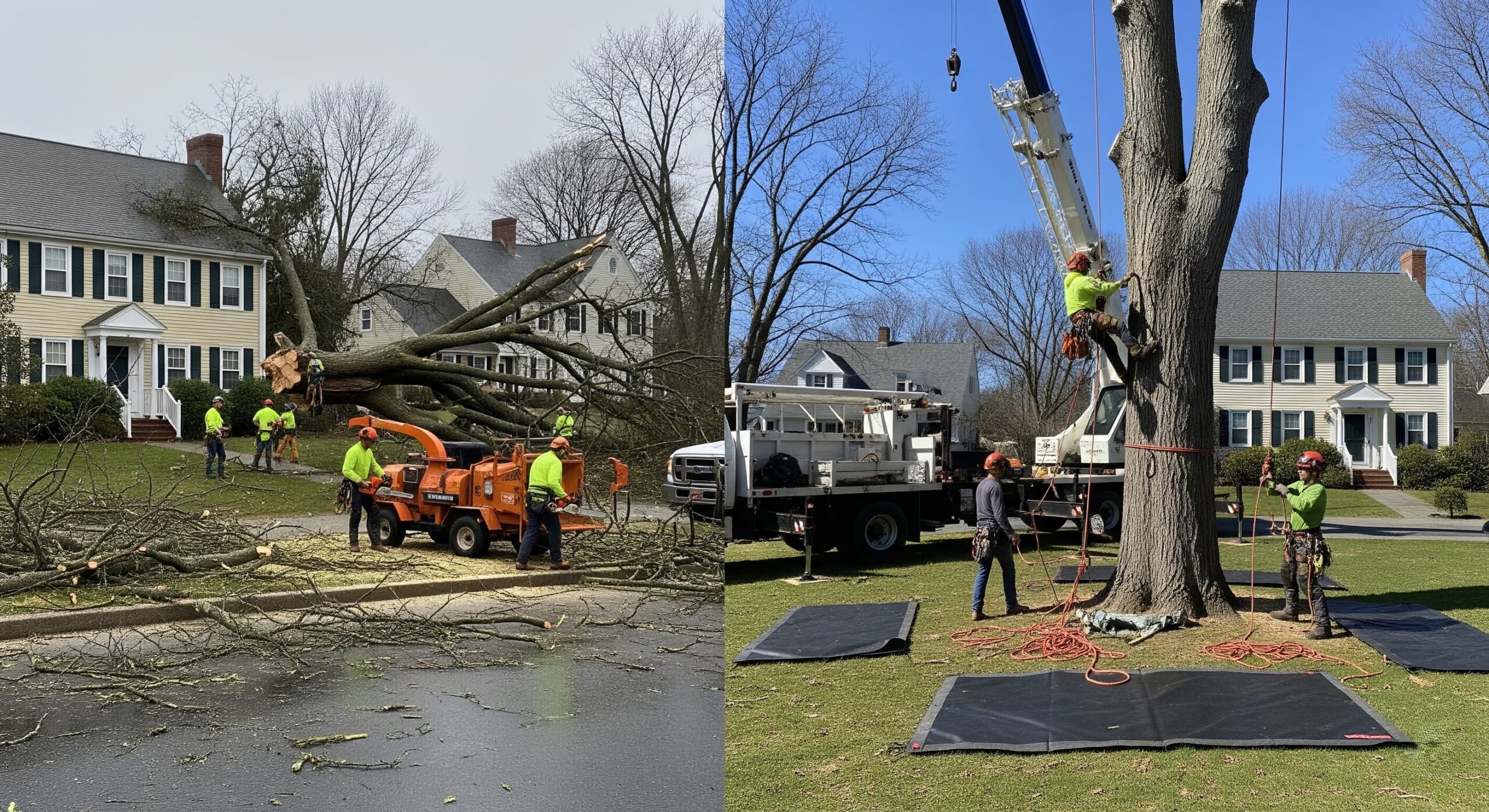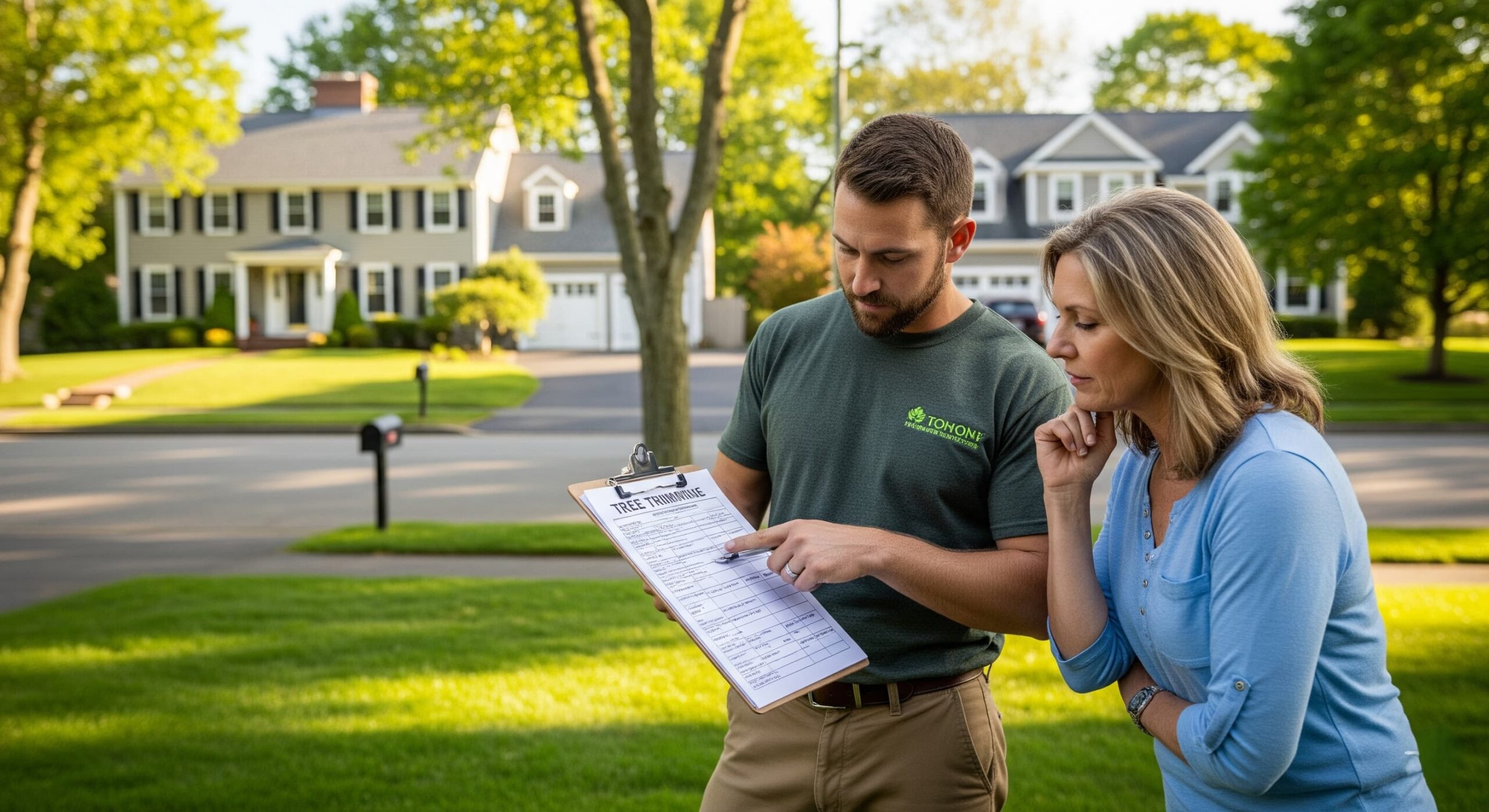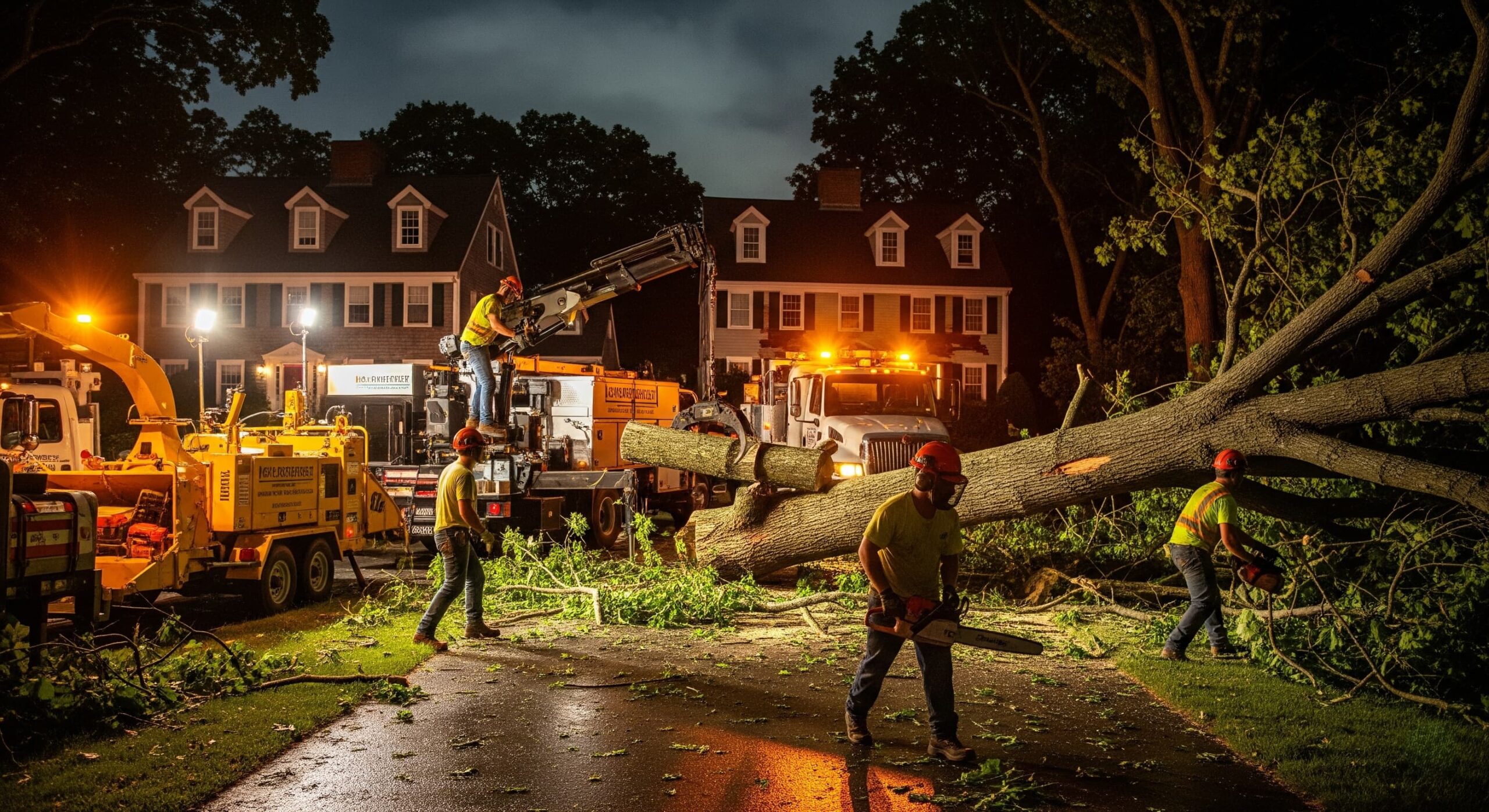
Emergency Tree Service in Framingham: What to Expect & Costs
Emergency Tree Service Framingham
Calling an emergency tree service in Framingham initiates a rapid response process designed to address immediate safety threats and property damage from fallen or hazardous trees. Professional emergency teams operate 24/7 throughout MetroWest, Massachusetts, providing swift assessment and resolution when severe weather, structural failures, or dangerous conditions threaten homes and businesses. The emergency response process follows established protocols that prioritize safety while efficiently managing crises. Understanding what to expect helps property owners prepare for emergencies and make informed decisions during stressful circumstances. Professional emergency tree service combines immediate response capabilities with expert knowledge to restore safety and accessibility quickly.
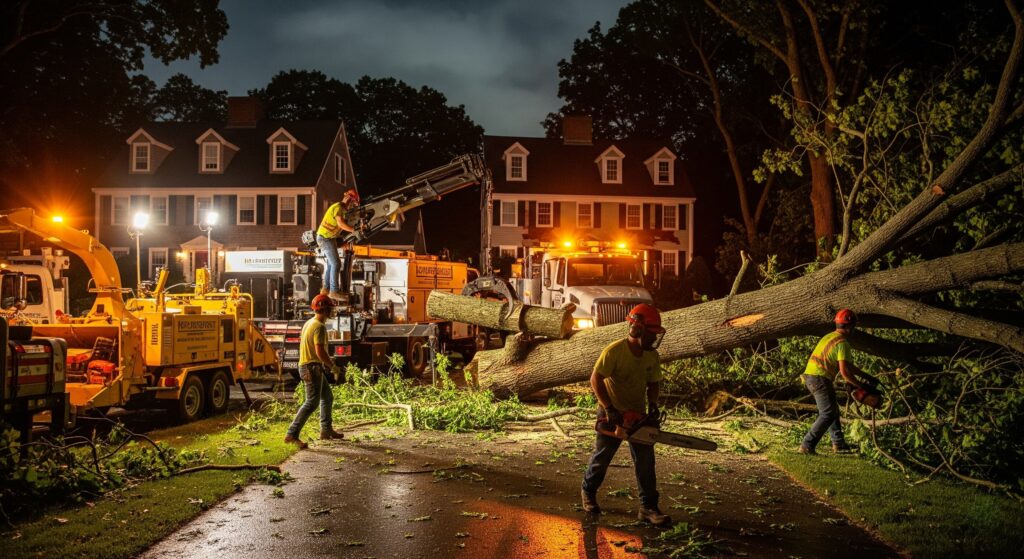
Initial Emergency Response Process
When you call an emergency tree service, trained dispatchers gather critical information about your situation to prioritize response and deploy appropriate resources. They ask about immediate safety threats, property damage extent, power line involvement, and access route availability. This initial assessment helps emergency teams prepare proper equipment and safety protocols before arriving on-site.
Response times typically range from 30 minutes to 2 hours, depending on weather conditions, crew availability, and geographic location within the service area. During severe storm events affecting multiple properties simultaneously, emergency services use triage protocols to address the most dangerous situations first. Critical situations involving power lines, blocked emergency access routes, or structural damage receive the highest priority.
Dispatch and Crew Deployment
Emergency dispatchers coordinate with on-call crews and equipment operators to mobilize the most appropriate resources for each situation. Crew selection depends on tree size, location complexity, and specialized equipment requirements. Emergency vehicles carry comprehensive tool sets including chainsaws, ropes, rigging equipment, and safety gear necessary for various emergency scenarios.
On-Site Assessment and Safety Protocols
Upon arrival, certified emergency arborists conduct thorough site assessments to identify all hazards and develop safe removal strategies. They evaluate tree structural integrity, surrounding property risks, utility line proximity, and optimal access routes for equipment deployment. This comprehensive assessment ensures worker safety while protecting surrounding property during emergency operations.
Safety protocols include establishing secure work zones, identifying escape routes, and implementing electrical hazard precautions when power lines are involved. Emergency crews coordinate with utility companies when trees contact electrical infrastructure, following strict safety procedures to prevent electrocution hazards. Ground personnel maintain clear communication with climbers and equipment operators throughout emergency operations.
Risk Evaluation and Prioritization
Professional arborists assess multiple risk factors, including structural stability, weather conditions, and potential secondary hazards that could develop during removal operations. This evaluation determines whether immediate removal is necessary or if temporary stabilization measures can provide safety until optimal removal conditions exist. Priority goes to eliminating immediate threats to life and property.
Emergency Removal Techniques and Equipment
Emergency tree removal often requires specialized techniques adapted to dangerous conditions and time constraints. Crews use piece-by-piece dismantling methods when trees cannot be safely felled as single units due to space limitations or structural instability. Advanced rigging systems control falling sections while protecting surrounding property and landscape features.
Emergency equipment includes portable winches, come-alongs, and mechanical advantage systems that enable safe removal without relying on compromised tree structures for support. Bucket trucks and cranes provide elevated access when climbing damaged trees would be unsafe. Portable lighting systems enable safe nighttime operations during extended emergency responses.
Specialized Emergency Tools
Emergency tree service crews carry specialized tools designed for rapid deployment in crises. These include battery-powered chainsaws for quick initial cuts, hydraulic wedges for splitting operations, and emergency communication devices for coordinating with utility companies and other emergency services. Air cushions and protective barriers shield property during debris removal.
Emergency Service Costs and Pricing Structure
Emergency tree service costs range from $450 to $3,000 or more, representing 30% to 60% premium over standard removal pricing due to urgent response requirements and challenging working conditions. Factors affecting emergency pricing include tree size, location complexity, equipment requirements, and time of service. After-hours and weekend emergency calls command the highest premium rates.
Additional emergency costs may include crane rental, utility coordination fees, and debris disposal charges when regular processing facilities are unavailable. Complex emergencies requiring multiple days of work or specialized equipment can exceed standard pricing significantly. Most emergency services provide verbal estimates before beginning work when conditions permit a safe assessment.
Insurance Coverage Considerations
Homeowners’ insurance typically covers emergency tree removal when trees fall due to covered perils like storms, wind, or lightning. Coverage limitations vary by policy, but most include removal costs when fallen trees damage insured structures. Property owners should document damage thoroughly and contact insurance companies before authorizing emergency work when possible.
Timeline and Service Completion
Emergency tree removal timelines depend on tree size, complexity, and crew availability during high-demand periods following severe weather events. Simple fallen tree removal may be completed within 2-4 hours, while complex situations involving large trees near structures could require full-day operations or multiple visits. Weather conditions significantly impact safe working timelines for emergency operations.
Large-scale storm events create backlogs that extend response times and project completion schedules. Emergency services prioritize immediate safety threats while scheduling follow-up work for less critical situations. Complete debris cleanup and site restoration may occur during subsequent visits when emergency conditions subside.
Communication Throughout the Process
Professional emergency tree services maintain continuous communication with property owners throughout the response process. Crew leaders provide regular updates on progress, timeline estimates, and any complications that arise during removal operations. Clear communication helps manage expectations while keeping property owners informed about their emergency status.
Emergency services also coordinate communication with insurance companies, utility providers, and municipal officials when required by specific circumstances. This comprehensive communication approach ensures all stakeholders remain informed about emergency response activities and any implications for insurance claims or utility service restoration.
Documentation and Reporting
Emergency tree services document all work performed through photographs, written reports, and detailed invoicing that supports insurance claims when applicable. This documentation includes before and after photos, equipment used, time spent, and any property protection measures implemented during emergency operations.
Post-Emergency Services and Follow-up
Emergency response often addresses immediate safety concerns while identifying additional work needed for complete resolution. Follow-up services may include stump grinding, landscape repair, and remaining debris cleanup that couldn’t be completed during the initial emergency response. Professional services provide recommendations for preventing similar emergencies through proactive tree maintenance.
Property assessment following emergency tree removal helps identify other trees that may pose future risks during severe weather events. This preventive approach helps property owners avoid subsequent emergencies through planned maintenance and removal of vulnerable trees before they become dangerous.
Preparing for Tree Emergencies
Property owners can prepare for potential tree emergencies by identifying emergency service providers before crises occur. Researching local emergency tree services, verifying insurance coverage, and understanding policy requirements helps expedite response when emergencies develop. Establishing relationships with qualified providers ensures priority service during high-demand periods.
Regular tree maintenance and professional assessments help identify potential emergencies before they occur. Proactive removal of declining trees eliminates emergency risks while allowing strategic timing and cost savings compared to crisis response pricing.
Emergency Preparedness Planning
Effective emergency preparedness includes maintaining current contact information for qualified emergency tree services, understanding insurance coverage details, and developing family safety plans for tree emergencies. Property owners should identify safe areas within homes and evacuation routes in case falling trees threaten structures.
When to Call Emergency Services vs. Regular Scheduling
True emergencies require immediate professional response and include fallen trees blocking access routes, trees contacting power lines, or structural damage threatening building integrity. Situations not requiring emergency response include trees leaning but stable, minor branch damage, or non-critical landscape disruption that can wait for regular business hours.
Emergency services focus on immediate safety restoration rather than comprehensive cleanup or aesthetic concerns. Property owners should reserve emergency calls for genuine safety threats to avoid unnecessary premium pricing while ensuring an appropriate response for critical situations.
Selecting Reliable Emergency Tree Services
Choosing qualified emergency tree service providers requires verifying proper licensing, insurance coverage, and 24/7 availability claims. Reputable companies maintain dedicated emergency response capabilities rather than simply offering to take after-hours calls. Professional emergency services employ certified arborists and maintain specialized equipment necessary for safe crisis response operations.
References from previous emergency response work provide insights into the company’s performance during stressful situations. Emergency service capability should be verified through equipment ownership, crew availability, and response time commitments rather than relying solely on marketing claims about emergency services.
When you need reliable emergency tree service in Framingham, Framingham Tree Experts provides professional 24/7 response with certified arborists and specialized equipment ready to handle any crisis. Our experienced emergency teams combine rapid response capabilities with expert knowledge to restore safety and resolve tree emergencies efficiently throughout the MetroWest area.
